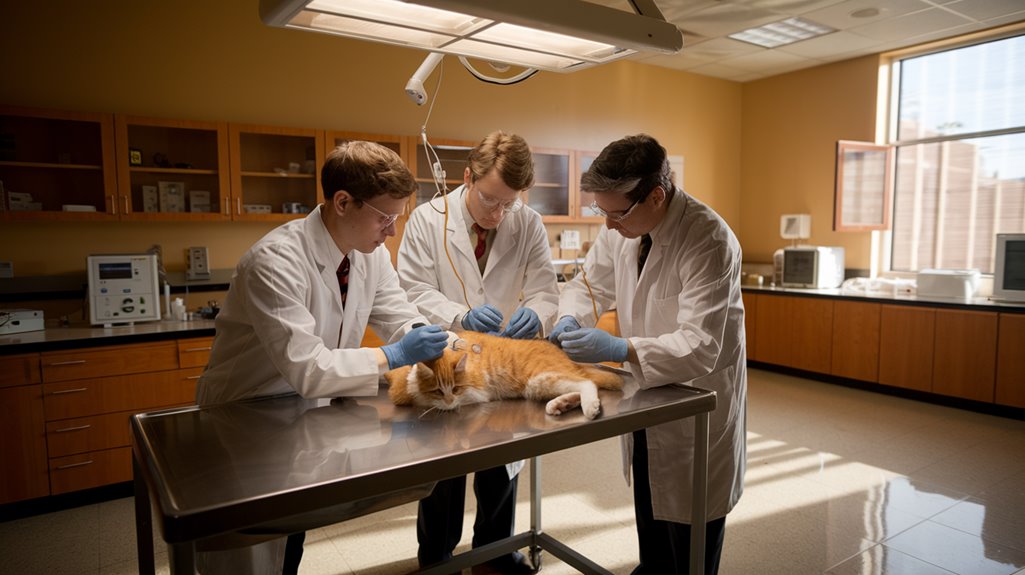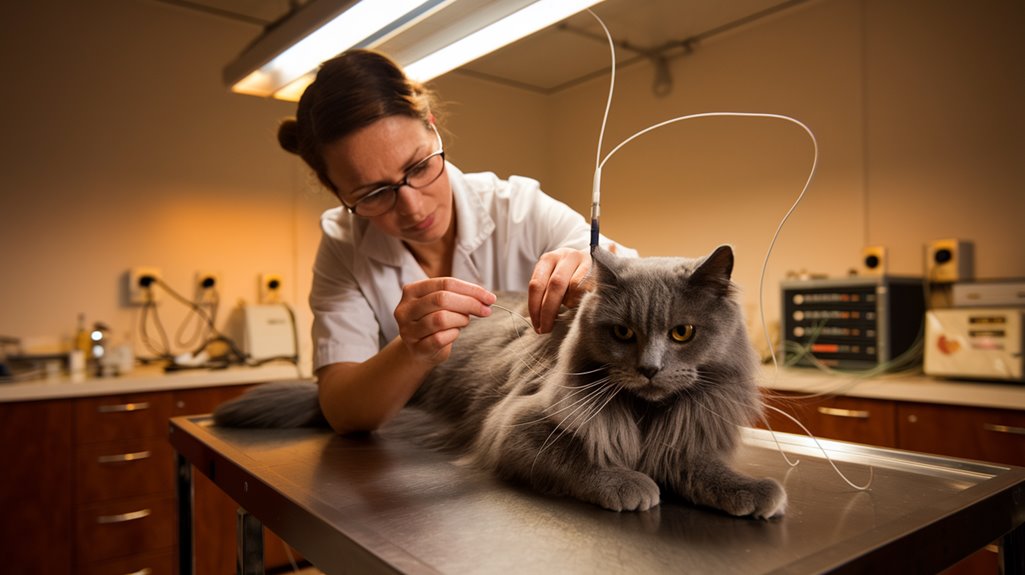The CIA Spent Millions on a Failed Cat Spy Program
Just as cats have an uncanny ability to appear at dinner time, the CIA thought they'd make perfect spies during the Cold War. You might find it hard to believe, but in the 1960s, America's premier intelligence agency invested $20 million—that's over $170 million in today's money—to transform ordinary housecats into four-legged surveillance experts. They equipped these felines with hidden microphones and radio transmitters through complex surgical procedures, hoping to gather intelligence near Soviet facilities. But if you're wondering whether these furry operatives ever successfully completed their missions, well, that's where this tale takes an interesting turn.
Inside Project Acoustic Kitty

During the height of the Cold War, the CIA initiated one of its most unusual covert operations: Project Acoustic Kitty.
You'll be amazed to learn that the agency invested $20 million to transform ordinary cats into spy assets targeting Soviet facilities.
The project's espionage techniques involved complex surgical procedures where veterinarians implanted microphones in the cat's ear canal and a radio transmitter at its skull base. The project was ultimately deemed impractical and canceled in 1967.
A collaboration between the Office of Technological Service worked extensively on developing specialized packaging to protect the equipment from bodily conditions.
They even performed additional surgery to address the cat's hunger drives.
Despite the technical achievement of successfully implementing the recording equipment, cat training proved nearly impossible.
When the CIA tested their feline spy outside a Soviet embassy in Washington, D.C., the mission failed spectacularly.
While initial reports claimed a taxi killed the cat, later accounts revealed it lived a long life after equipment removal.








